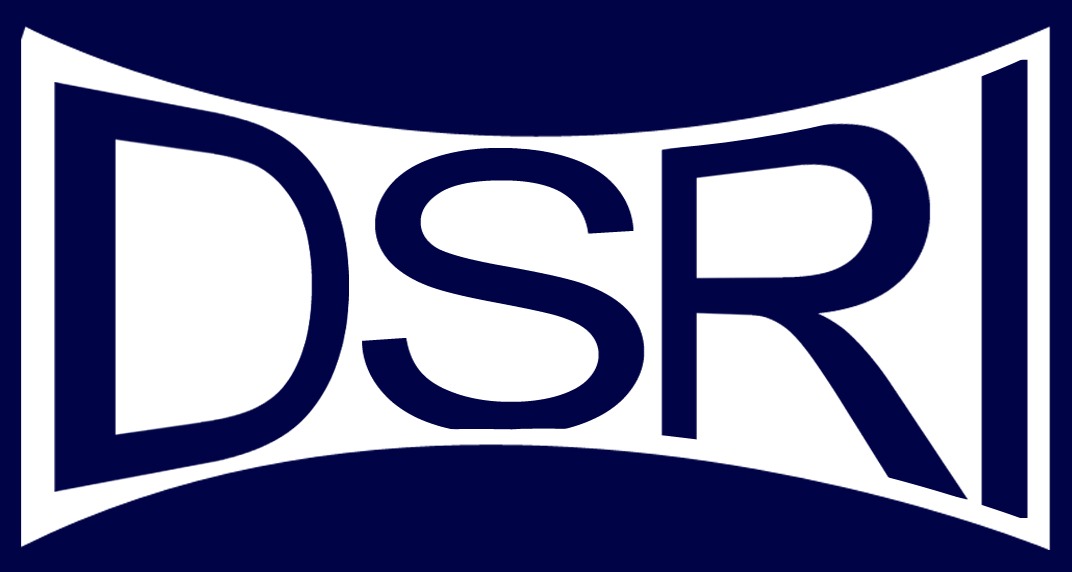Noise Optimization
Help remove unwanted vibration and noise
Team DSRI provides solutions make improvements people can feel physically. From smoother travel to a quieter, more efficient machine we make life feel better. With quality, testing and compliance built in, our customers can have the confidence they’re dealing with a true partner that understands their challenges and will ensure their people and passengers have never felt better.
Besides comfort, mounts are fundamental to preserve the hull structures to the damages caused by vibrations. The engine is connected to structure foundations through supports, connecting rods, mounts of different shape and layout, all designed to dampen and minimize as much as possible annoying vibrations.
As a matter of fact, if the mounts are not properly designed, vibrations generated by main equipment like engines, generators etc. & auxiliary machines like compressors, pumps & fans are perceptible everywhere on board, significantly lowering the quality of onboard life and introducing also fatigue loads which could create non negligible structural damages.
In particular, optimizing the acoustics of the foundations and mounting systems for heavy machinery like engines and generators is very precious for many a reason including comfort and reducing the noise foot-print. In this respect, the design & selection of an appropriate mounting system is crucial. They perform the very important function of absorbing and mitigating the vibrations of operating components that they are connected to.
As soon as the vibro-active machines are started up, both at rest and when sailing, they produce annoying airborne and structural vibrations and noise. Air and structure borne noise depend on the intrinsic dynamic characteristics of both engine and engine supporting system. DSRI has expertise in the following areas to help you lower the noise & vibrational footprints of your system.
- Selection of shock & vibration mounts
- Design & Fabrication of foundations
- Design of the mounting layout (Estimation of shock displacements & residual shock levels)
- Design of raft mounting systems, floating decks & floating cabins
- Installation of mounts onboard marine vessels
- Design of damping treatments and acoustic panels
- Use of Advanced Engineering methods to estimate the Noise & Vibration footprint
Raft Mounting: Why & Where is it required?
The structure-borne sound influences the acoustic comfort at long distance from the sound source because of the low damping values of steel and aluminum light alloy. On the contrary, air-borne sound has significant relevance only in the proximity of the source. For the reduction of the structure borne noise transmission, an improvement of the mounting systems can be attempted by changing from a conventional single stage design to a double stage mounting system (also called “raft mounting”). Raft mounting is a quite new solution by which main engines are resiliently mounted on an intermediate mass, called sub-frame. This allows to significantly reducing the noise and vibration level.
This sub-frame, in its turn, is again resiliently mounted to the ship structure, usually the thick keelson flanges. The scantling variables of the system are represented by the mass of the raft and choice of upper and lower stage mounts. The sub-frame can be quite large (up to the 50% of the controlled mass), and results in a taller foundation. Particular attention should be devoted to the raft installation in existing engine rooms because of the consequent weight increase and with regard to hull girder strength and engine room height.
Vibration Testing, Monitoring & Control
Vibration can be caused by many sources in and around a building: transportation systems such as rail, subways and busy roads; HVAC machinery; human activity; and wind. These vibrations can cause occupant discomfort, generate unwanted structure-borne sound or even damage the structure.
To assess the likelihood and severity of vibrational issues, our engineers measure and analyze the structural vibration characteristics of anything from a small piece of rotating machinery to an entire building. We can also use planning-phase modeling to predict the vibration characteristics of building structures.
When measured or predicted vibrations are likely to present a problem, we work with stakeholders and design teams to perform additional analysis and develop control measures such as damper-support elements or tuned mass dampers.
Fitness centers pose additional challenges. Groups of people moving in sync can cause significant noise and vibration. Our advanced prediction capabilities enable us to accurately and efficiently design appropriate control measures.
We also help clients meet restrictions on vibration during construction through our construction vibration assessment and monitoring services.
Forensic Acoustics: Noise & Vibration Testing
We test, quantify, analyze and find the sources of unwanted and objectionable noise and vibration in a variety of settings – residential, commercial and industrial – and compare results to relevant standards. Our expertise in acoustical and vibration-control design services for new buildings informs and enhances our forensics capabilities.
We use top-of-the-line measurement equipment and software to identify acoustic, noise and vibration problems and to provide economical and effective solutions. Our leading-edge tools include Brüel & Kjær and Larson Davis sound-level meters; tapping machines; impedance hammers, accelerometers and associated data-acquisition systems and software; APS ELECTRO-SEIS shakers; and acquisition systems such as CLIO and MLSSA for measuring interior acoustics.


